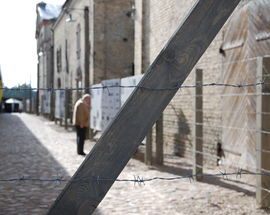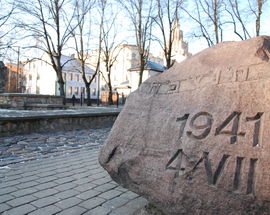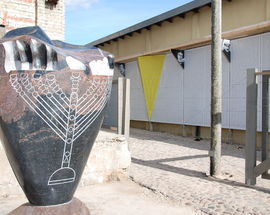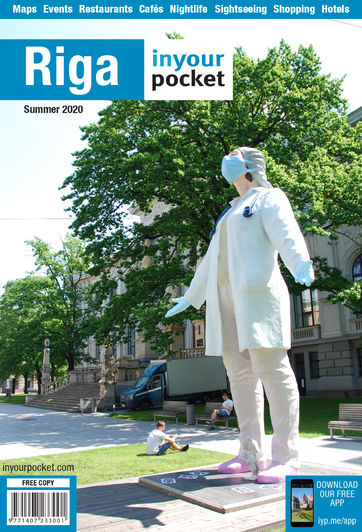Riga’s Jewish ghetto
more than a year agoJews naturally suffered the most during this period. Within three days of the Nazi occupation of Riga, the city’s main synagogue the Great Choral Synagogue, was burnt to the ground with hundreds of Jews inside. By October 25 of that year roughly 29,000 Jews were forced to live in a sealed ghetto in the Moscow district between Lāčplēsa, Maskavas, Ebreju, Lauvas, Kalna, Lazdonas and Jēkabpils streets where a sizeable Jewish community was already established. Those able to work, about 4,000 people, were sent to a segregated section within the ghetto. On November 30 groups of 1,000 people were marched from the original ghetto to the Rumbula forest and shot. A week later the large ghetto was destroyed and its remaining inhabitants suffered the same fate at Rumbula. The ghetto was finally abandoned in November 1943. Jews still able to work were transferred to the Kaiserwald concentration camp outside of Salaspils. The remaining elderly, young and infirm were deported to Auschwitz.








Comments